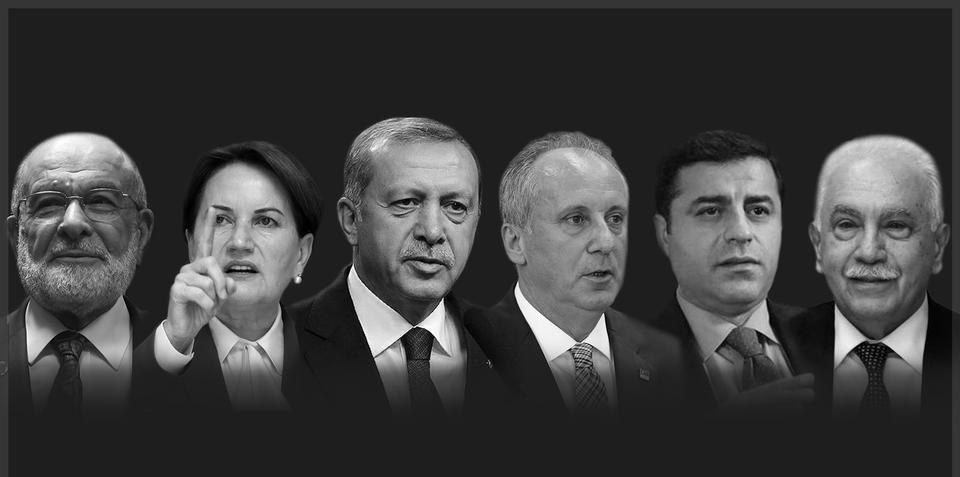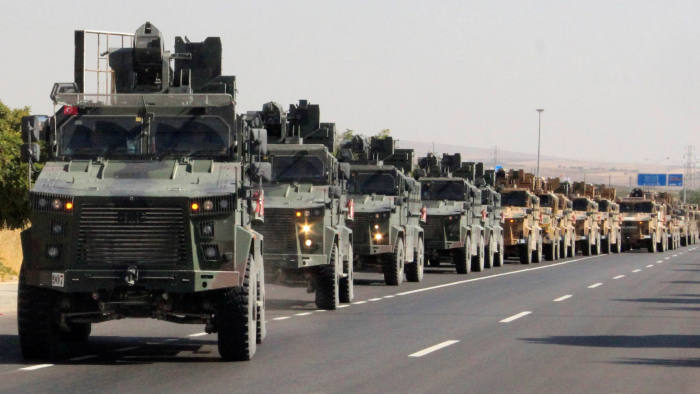In this article I am canvassing three ideas, stages in the history of the Turkish Republic, stages in the political life of the President Recep Tayip Erdoğan and neo-Ottomanism, and how this combination transformed the Republic. This transformation culminated in the re-conversion of an UNESCO-listed heritage museum into a mosque.
Much like the Islamist Intellectual Beddiüzaman Said Nursî referring to his life as three distinct stages (Said I, II and III), we can also identify several key stages in Erdoğan’s years in power.
Erdoğan I
The beginning of Erdoğan’s rule was promising and encouraging, but his party AKP eventually resorted to authoritarian rule. Erdoğan I promised much and delivered to his main constituency, and, the case can be made that he also delivered beyond his immediate constituency. For instance, as Aslı Balı pointed out, through the 12 September 2010 referendum on constitutional amendments Erdoğan I liberalised and reversed the 1982 military drafted constitution, including moves to “empower civilian courts while reducing the jurisdiction of military courts; strengthen gender equality and protections for children, the elderly, veterans and the disabled; improve privacy rights and access to government records; expand collective bargaining rights; afford individuals standing to bring constitutional challenges; and remove immunities long afforded to those responsible for the 1980 military coup” (Unpacking Turkey’s ‘Court-Packing’ referendum. Middle East Report Online, 5 November 2010).
Even some leftist circles have given credit to Erdoğan of this period (Erdoğan I) credit for “managing to make the military step back momentarily”. It should be added that Erdoğan I also allowed for restoration of churches, thereby extending a gesture of goodwill towards the Christian minorities in Turkey.
Erdoğan II and III
Erdoğan II (the transitional period), gradually became increasingly authoritarian and intolerant of alternative views, as well as initiating a de-secularisation process. The Third Erdoğan clearly manifested himself in the aftermath of the attempted coup in 2016 by disregarding the rule of law and democracy, removing public servants, judges, teachers, academics, closing down schools and also accelerating the pace of de-secularisation.
Erdoğan IV
Scholar Soner Çağaptay in his book The New Sultan bestows upon the President of Turkey this title, alluding to his autocratic style. Furthermore, in the Ottoman Empire the sultan combined both temporal and spiritual powers. This is stage four in Erdoğan’spolitical life when he started to see himself in a role beyond the presidency of the Republic. Erdoğan’s discourse increasingly has become religious, disregarding one of the foundation principle of the Republic, laicism. Erdoğan’s pursuit of neo-Ottomanism and expansionism, as well as hostility to the other Abrahamic religions and the West is characteristic of this period. His attitude towards the Christian minorities in the country has also changed during this transformative period. As Alexander Görlach fromDeutsche Wellenotes“Step by step, using a nationalist and Islamic rhetoric, Turkey’s Christians are becoming a welcome scapegoat for Ankara” (Christians a welcome scapegoat in Turkey, 23 June 2020). Erdoğan IV is undoing the work to mend the bridges between the government which he undertook as Erdoğan I.
Stages in the Republic
The Turkish Republic was established in 1923. What Turkish historians call the Second Republic was initiated after the 1960 coup, and the Third Republic after the 1980 coup. I believe that the changes introduced by Erdoğan, including de-secularisation process, starting with Erdoğan II, warrants the labelling of this period as the Fourth Republic.
Neo-Ottomanism
This is a concept which encompasses cultural, political and religious dimension. The cultural aspects can be described as a nostalgia of an unexperienced Asr-ı Saadet (Age of happiness) in the distant past. This is not unique to Turkey. Many nation-states idealize their past and feel nostalgic about that past. It is the political and religious aspect, which often cannot be separated, that is of concern. This is because the policy of neo-Ottomanism is causing and/or intensifying conflicts in several regions such as Northern Syria, Kurdish Northern Iraq and Libya. The area of conflict subject to this policy is ever expanding with threats made against Cyprus and Greece continuously, establishment of military bases in Somalia, Qatar, plans to establish a presence and build a naval dock in the Suakim Island of Sudan and military support sent to Yemen.
As well as the Horn of Africa, Turkey’s presence is growing in Yemen: “Cautious and virtually concealed, Turkish activity in Yemen is currently concentrated in three Yemeni coastal areas: Shabwa, Socotra, and Al-Mukha district in Taiz governorate” (Arab Weekly, 9 May 2020), Turkey’s involvement through the aid of Muslim Brotherhood and the financial backing of Qatar suggests that Erdoğan seem to want to be entrenched in yet another regional conflict, which is unrelated to Turkey. However, Yemen was once a far-flung region of the Ottoman Empire, and this involvement fits with Erdoğan’s grandiose plans to review the glory of the Ottoman Empire.
Erdoğan also harbors aspiration of religious leadership in the Islamic world, beyond the territories that formed the Ottoman Empire. For instance, the Nordic Monitor reported that Erdoğan has financed and supported schools and other institutions founded by the Hudayi Foundation “in Africa in order to promote his unique brand of Islamic leadership and the Turkish government’s political agenda.” (Nordic Monitor, 7 July 2020). Ostensibly, the Hudayi foundation is an NGO, but many non-genuine NGOs acts as a front to pursue the agenda of its sponsors. Erdoğan’s engagement of Turkey into sub-Saharan Africa is in the pursuit of his dream of becoming a leader in the Islamic world. Here, there is a confluence of his religious and political ambitions, as Erdoğan see little difference between the two fields of religion and politics. As Erdoğan IV he merged the two fields by accelerating the de-secularisation process in Turkey and intensifying his efforts of expansion into world affairs employing a religious discourse.
The cultural, religious and political aspects all converge into the enormous and protracted efforts to convert the museum of Hagia Sofia into a mosque again. Hagia Sophia, Ayasofya in Turkish (the Byzantine Church of Αγία Σοφία) became a museum after the Republic was established. It had become a mosque in 1453 after the Conquest of Constantinople (Istanbul’s forename) to symbolise the dominance of Islam but was converted into a museum by 1934 to symbolise the dominance of secularist ideology. The sacred space of the Mosque became profane, but to many Islamists it remained sacred (and efforts to convert it back to mosque increased in intensity once AKP came to power). Thus, the same space was/is regarded sacred by the opposing camps. By converting the museum to a mosque Erdoğan intends to demonstrate his power over the Kemalists, other secularists, Christianity and the West. Many foreign governments have protested about this move but Erdoğan held firm. Her cares not for the view of the foreigners nor about citizens protesting in Turkey, for he seems himself as the unaccountable sultan.
The Fourth Republic, under the leadership, military adventurism and religious obsession of Erdoğan IV is in danger of becoming less of a republic and more of a neo-Ottoman sultanate in disguise.
- Erdoğan: President, Sultan, Caliph or Başbuğ? - 08/01/2021
- [ Turkey ] Alliances, partnerships, nemeses, vassal states - 30/11/2020
- Is a Greco-Turkish war inevitable? - 20/09/2020


